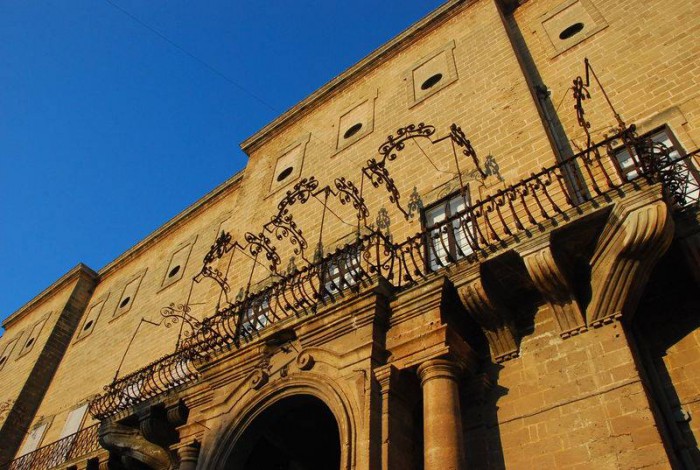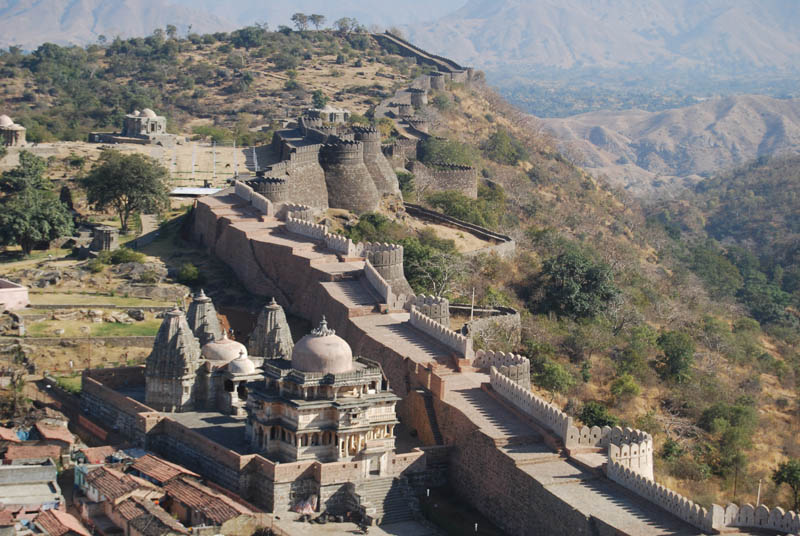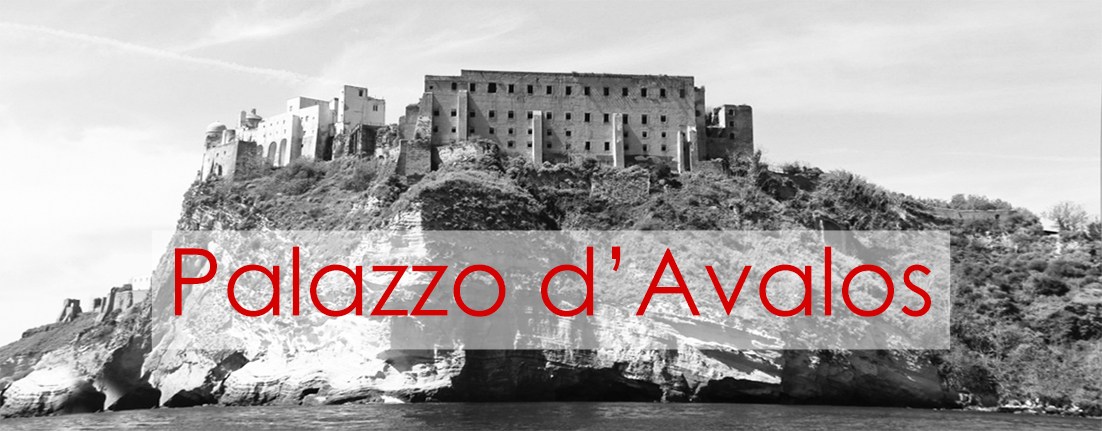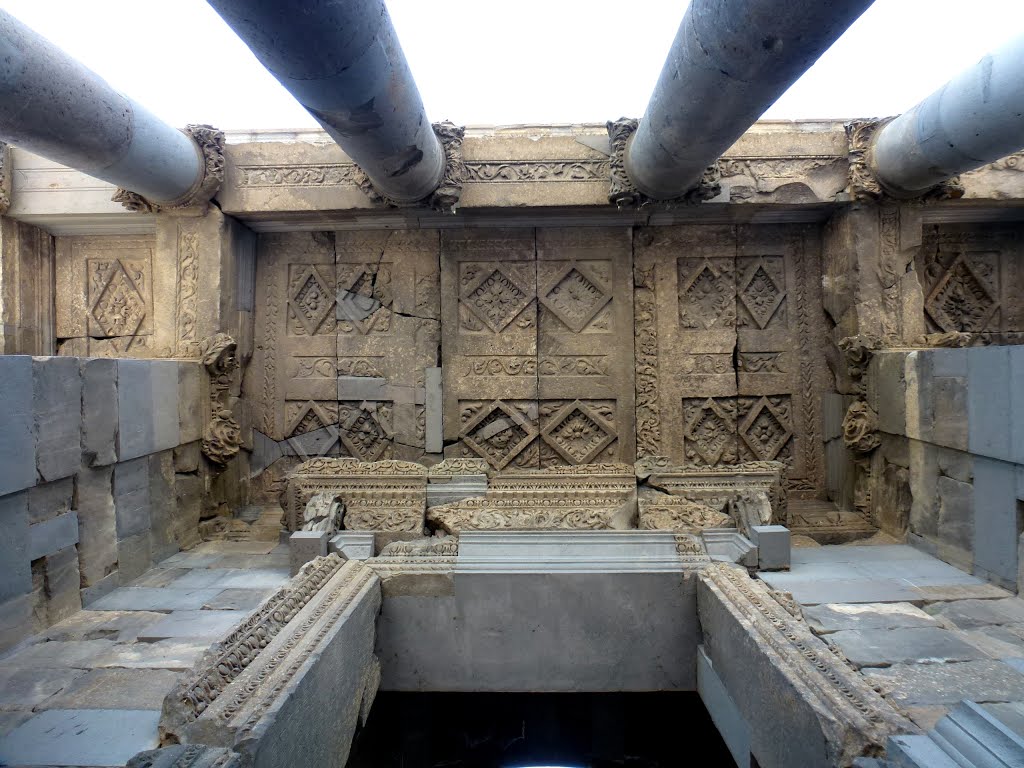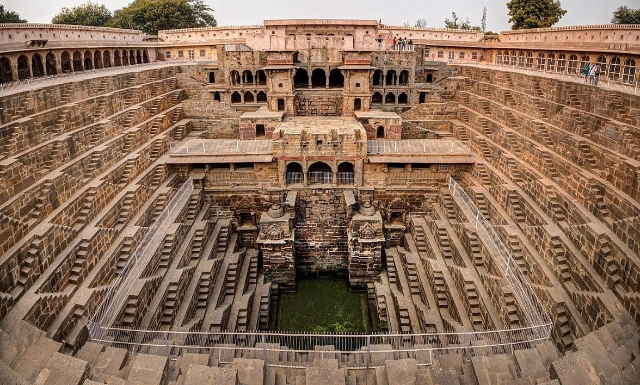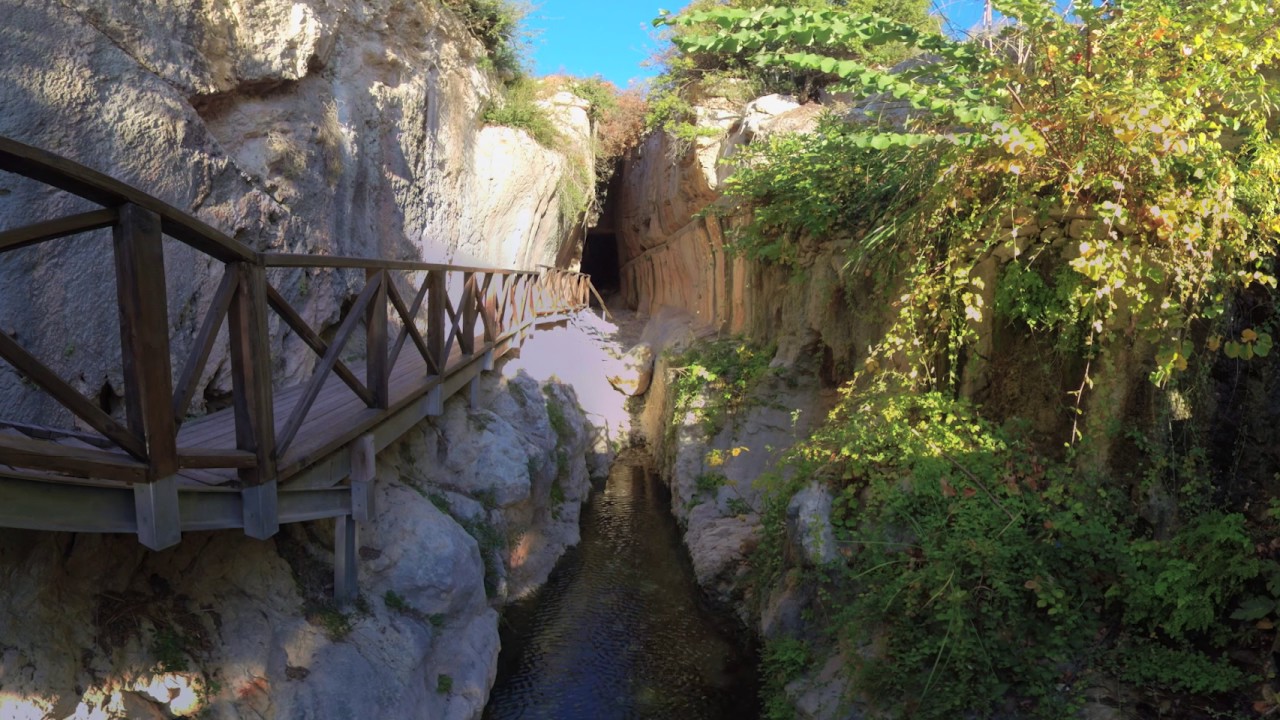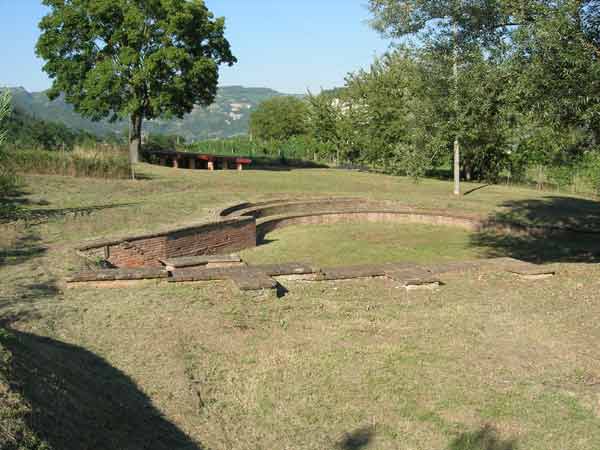he Imperial Palace is the city’s most important civic monument. It arose in the first half of the 18th century, with its entrance oriented toward Piazza Grande (present-day Piazza Garibaldi) thus contributed to changing the urban planning of the city, which gradually expanded along the present-day Corso XX Settembre. The palace was built at the behest of Michele Imperiali, a nobleman of Genoese origin, who, after acquiring the fiefs of the neighboring towns of Francavilla, Oria, Avetrana and, therefore, Manduria, had his own palace built in each of these centers. The one in Manduria was built as a hunting garrison, most likely to the design of the Lecce architect Mauro Manieri. It has a wide three-story elevation on the outside, separated by a sturdy balcony that is, among other things, surrounded by an original iron railing. At the corners of the facade are two noble coats of arms framed by cartouches with the heraldic arms of the Imperial families. The interior of the palace features a characteristic atrium, where the Imperial prince used to entertain guests on warm summer evenings.
